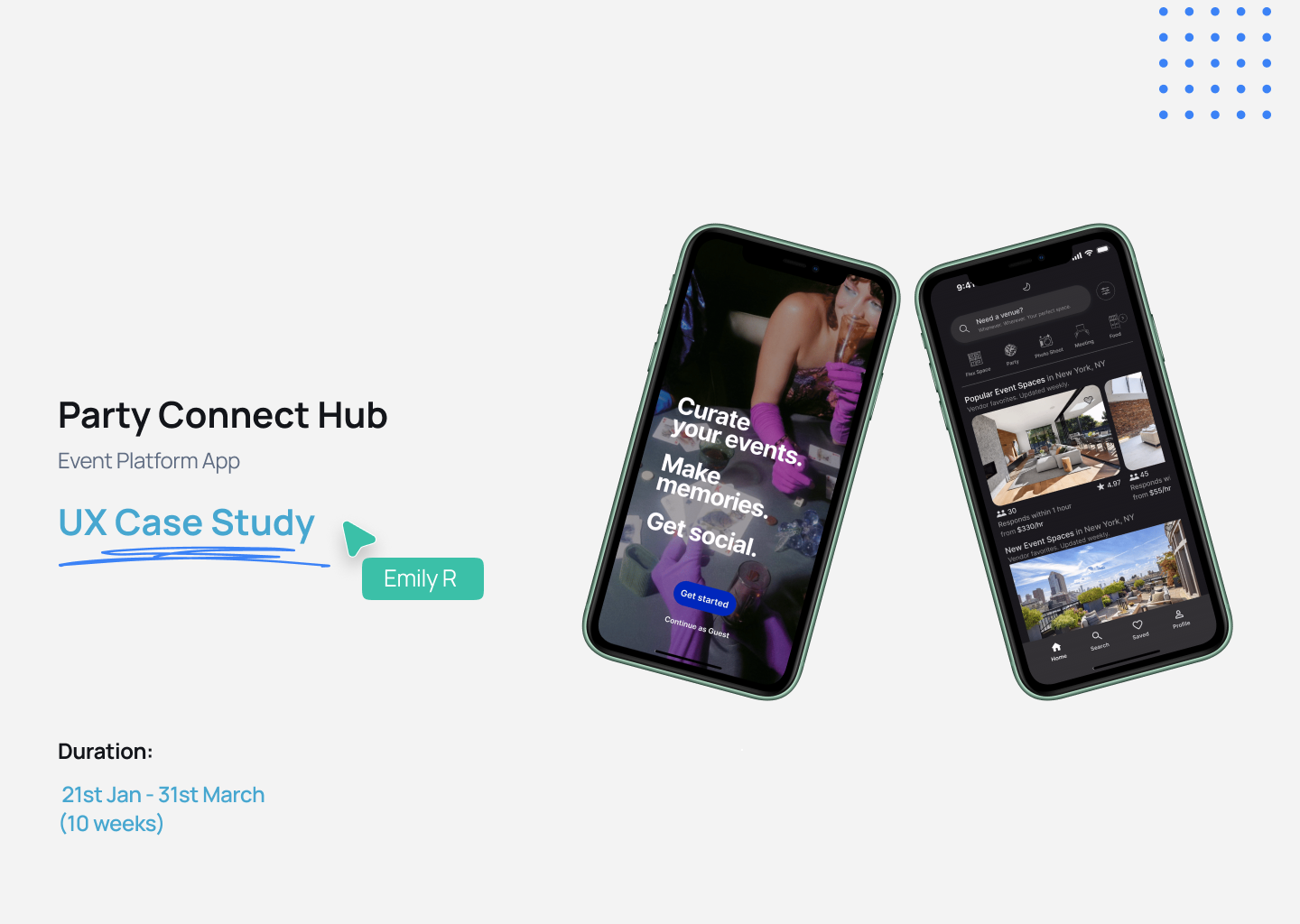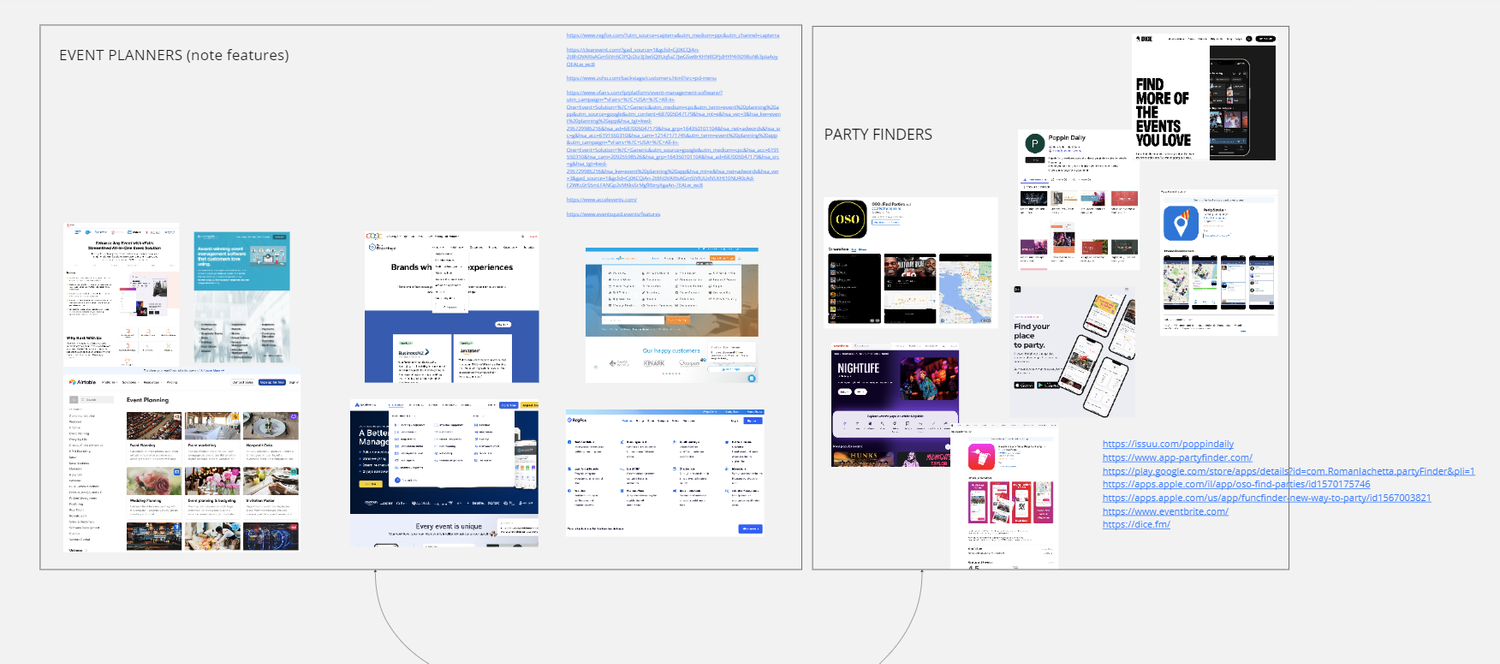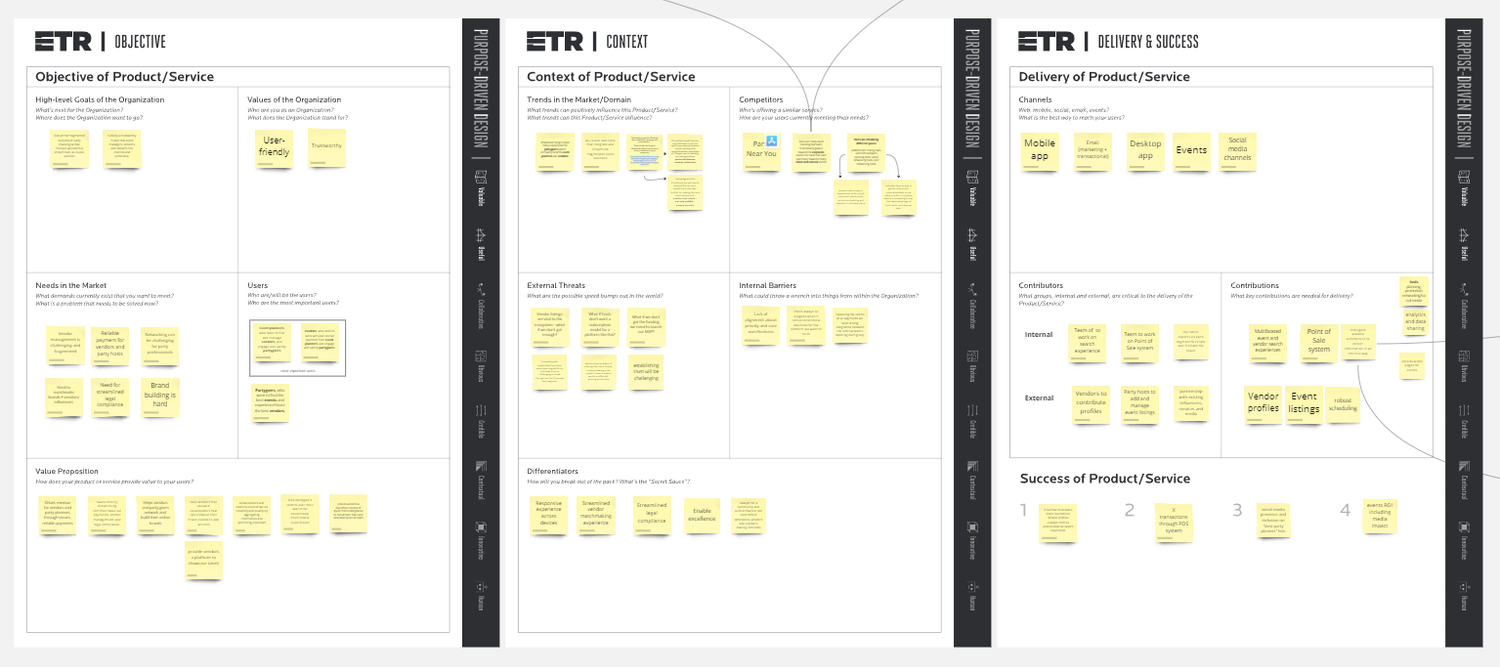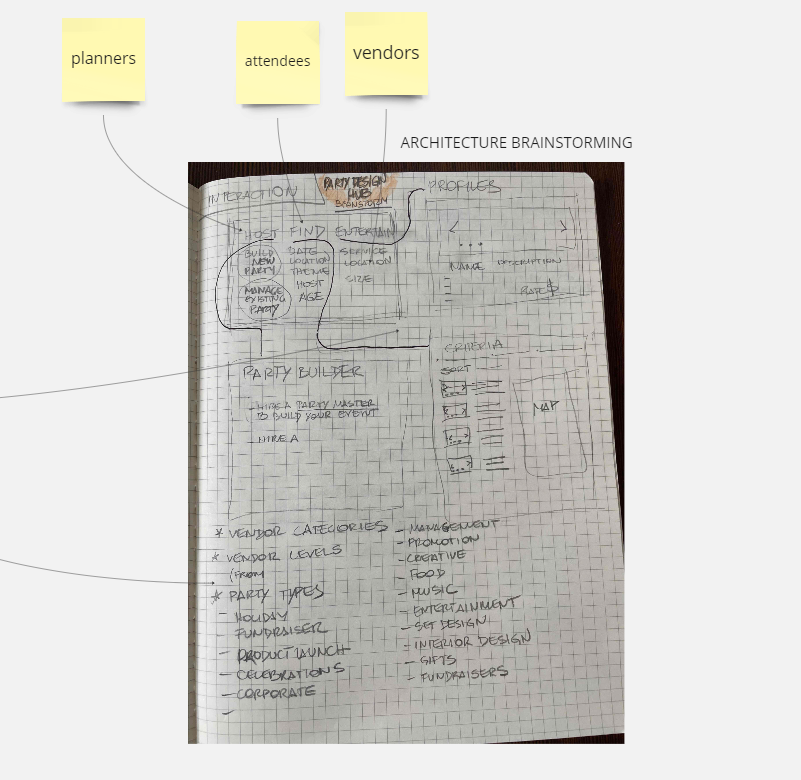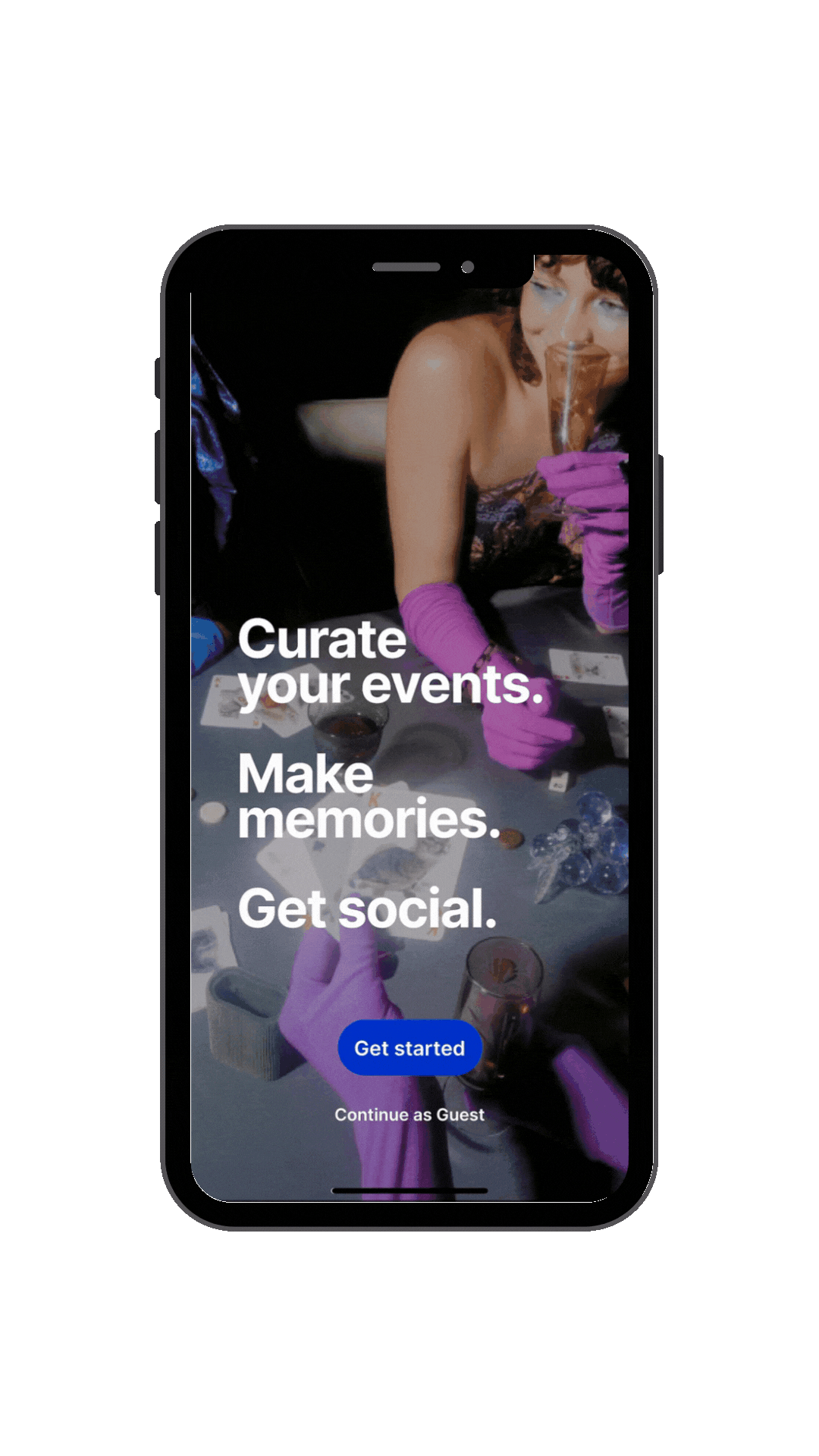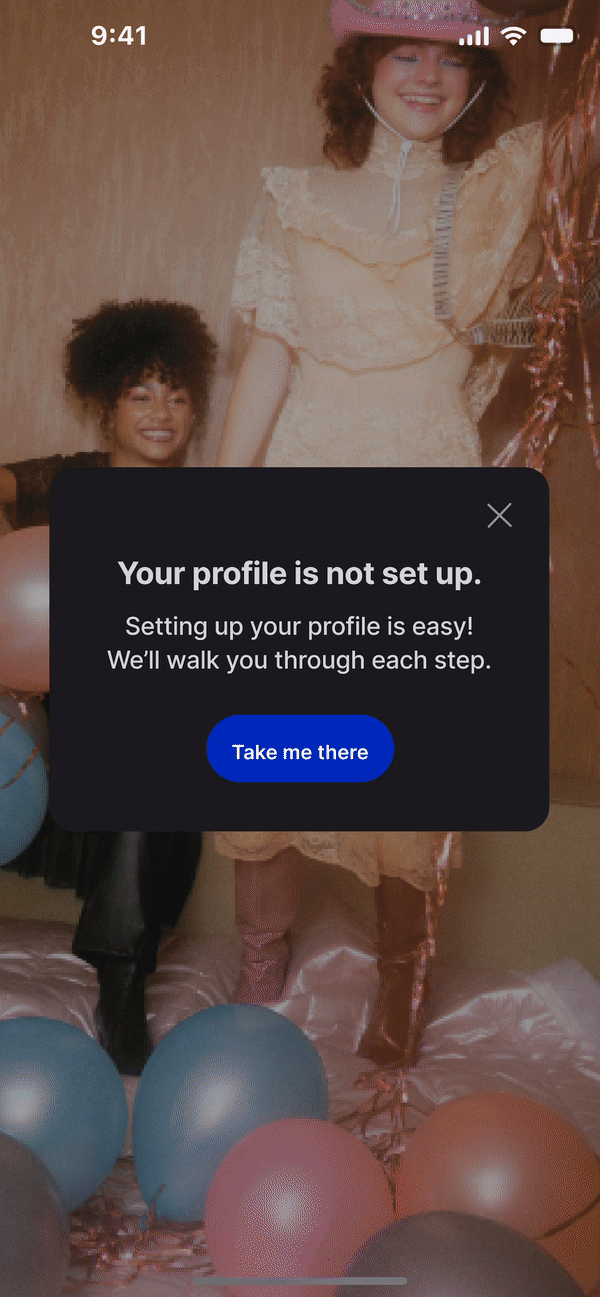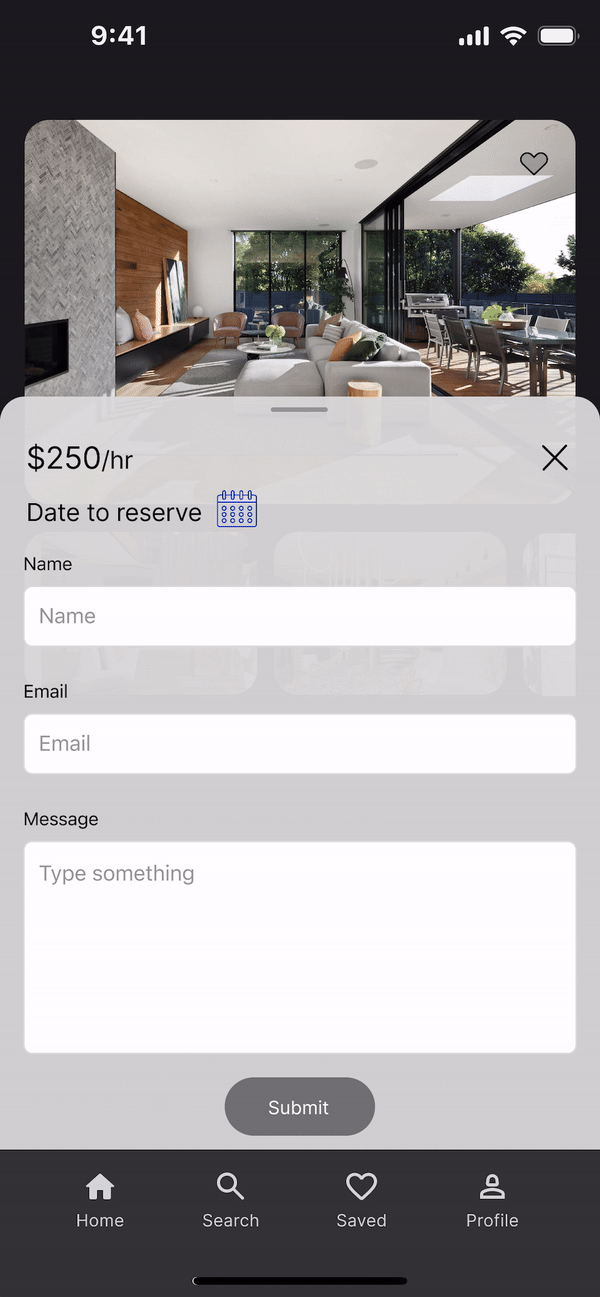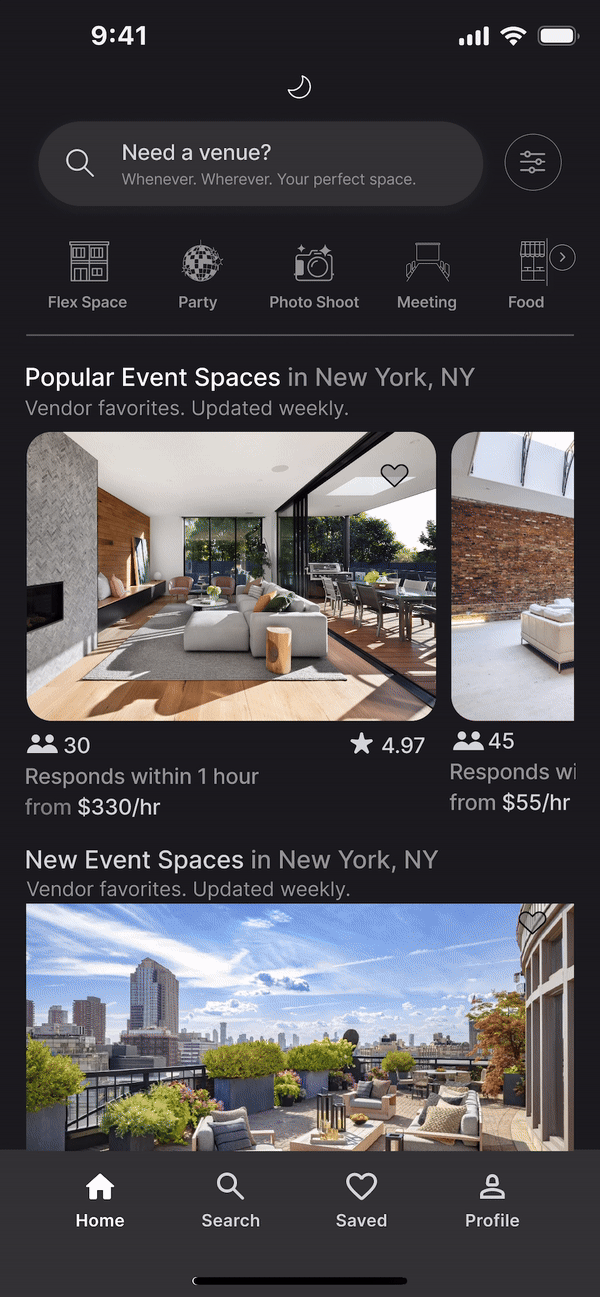PARTY CONNECT HUB (PCH)
OVERVIEW
In this project, I focused on designing the Party Connect Hub app. The goal was to create a fun, user-friendly, and engaging platform that makes event planning easy.
DESIGN THINKING
I approached this project with the goal of making event planning simple and enjoyable. I ensured that every feature was user-focused, intuitive, and aligned with the needs of event organizers and participants.
CHALLENGE
The primary challenge was to create an all-in-one platform that simplifies event management while offering a seamless experience for users.
MY ROLE
Strategy / Research / UX/UI
PROJECT GOAL
OBJECTIVE
The goal of the Party Connect Hub project is to design a digital platform that centralizes event planning, enhances real-time updates, and improves the overall event experience for both organizers and participants.
DESIGN TIMELINE
KEY ISSUES
Fragmented Tools: Event planning often requires juggling multiple tools, leading to inefficiencies and a disjointed process
Communication Gaps: Real-time updates are crucial for event success, but they are often lacking in existing platforms, leading to delays and confusion
User Experience: Many event planning platforms are complex and unintuitive, detracting from the overall user experience
RESEARCH & DISCOVERY
To design Party Connect Hub, I began by delving into a thorough competitor analysis. I examined leading event planners like Eventbrite and Airbnb, along with social-focused party finders such as Poppin Daily. This research highlighted a significant gap—no platform seamlessly blends event planning with easy event discovery.
By mapping out the strengths and weaknesses of these competitors, I pinpointed opportunities to create a unified, user-friendly experience that caters to both event organizers and attendees. The insights gathered laid the foundation for Party Connect Hub’s unique value proposition: an all-in-one platform that simplifies event planning while making event discovery effortless.
ARCHITECTURE BRAINSTORMING
To kick off the design process, we started with a comprehensive brainstorming session focused on the architecture of Party Connect Hub. We mapped out the key interactions for planners, attendees, and vendors. This session helped us outline the critical components needed for a seamless user experience, from party building tools to vendor categories.
KEY TAKEAWAYS
Defined the core interactions necessary for each user type (planners, attendees, vendors)
Identified essential vendor categories and event types to cater to a wide range of needs
Set the groundwork for the user journey, ensuring a smooth and intuitive experience from event creation to management
DESIGN REQUIREMENTS
Following the brainstorming session, we refined our ideas into clear design requirements. We focused on aligning our design objectives with the needs and goals of our users, ensuring Party Connect Hub would be a user-friendly and effective platform.
Context & Actions:
Evaluated the physical and relational contexts in which users interact with event planning tools.
Defined critical actions that users need to perform, such as managing events, listing services, and making payments.
Goals & Metrics:
Set emotional and rational goals for the platform, aiming to enhance user satisfaction and streamline event management processes
Established success metrics (KPIs) such as the number of active users, payments processed, and revenue to measure the platform’s impact
CONCEPT DEVELOPMENT & REFINEMENT
OVERVIEW
The culmination of our research and brainstorming sessions led to a comprehensive overview of the key features, user flows, and design elements for Party Connect Hub. This final work image represents the synthesis of ideas from multiple phases of the project, highlighting our collaborative effort to create a cohesive and user-centric platform.
DESIGN INTEGRATION
Final design elements were tested and refined to ensure they aligned with user expectations.
The consolidated work served as the blueprint for the final product, ensuring that all aspects of the user journey were addressed.
RESEARCH FINDINGS
The image illustrates the integration of feedback from our user research and competitive analysis.
Key pain points and user needs were mapped out, guiding the design decisions and feature prioritization.
OUTCOME
The final design is a reflection of thorough research, iterative testing, and continuous collaboration.
This visual snapshot captures the essence of our design process and the collective effort that went into making Party Connect Hub a reality.
HIGH FIDELITY SCREENS
OVERVIEW
In this section, the high-fidelity screens demonstrate the core functionalities of Party Connect Hub. These sections were designed with user experience in mind to ensure smooth and intuitive interactions throughout the platform.
SIGN-UP PROCESS
The sign-up flow is streamlined for ease of use, guiding new users seamlessly through the registration process. The GIF highlights the steps users take to create an account and get started with planning their first event.
SETTING UP AN EVENT PROFILE
Creating an event profile is now more intuitive and user-friendly. The following GIF shows how users can quickly input details, select event preferences, and customize their event profile.
MESSAGING A VENDOR
This GIF illustrates how users can easily message vendors directly from their event profile, to ensure clear and efficient communication.
VIEWING VENDOR IMAGES
Exploring the visual highlights is a lot easier with the updated image gallery. This demonstrates how users can effortlessly view and navigate through vendor images to help them make informed decisions.
REFLECTION
Reflecting on the design process, the goal was to create a user-centered platform that simplifies event planning and enhances user engagement. Each design decision was guided by the feedback and needs identified during user research and competitor analysis. The final product is a cohesive, intuitive, and visually appealing platform that meets the diverse needs of event organizers, attendees, and vendors.
Next steps would include gathering more user feedback to fine-tune these features and explore additional functionalities to further streamline the event planning process.
